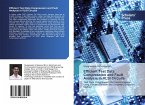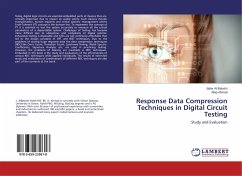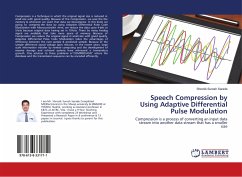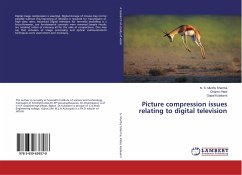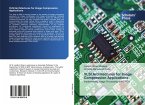This book is concerned with the image compression methods to advanced video coding algorithms & thus yields an exclusive, self-contained reference for practitioners to build a basis for future study, research, & development. It introduces image compression methods in the case of binary, gray scale, color palette, true color & video images. It works up from basic principles to the advanced video compression systems including MPEG 1, 2, 4 & 7, JPEG, H.261, H.263 & H.264/MPEG-4 AVC. Topics include fractal-based compression, statistical modeling, context modeling, Huffman coding, arithmetic coding, Colomb coding, transform-based modeling, run-length modeling, predictive modeling, progressive image decompression, vector quantization. Existing & forthcoming standards such as JBIG1, JBIG2, JPEG, JPEG-LS & JPEG-2000 are covered. For each algorithm, issues such as quality vs. bit rate vs. MSE and BPP, susceptibility to channel errors & implementation complexities are considered. It contains a lots of reconstructed & error images illustrating the outcome of each compression technique on a consistent image set, thus allowing for a direct assessment of bit rates & reconstructed image quality.


